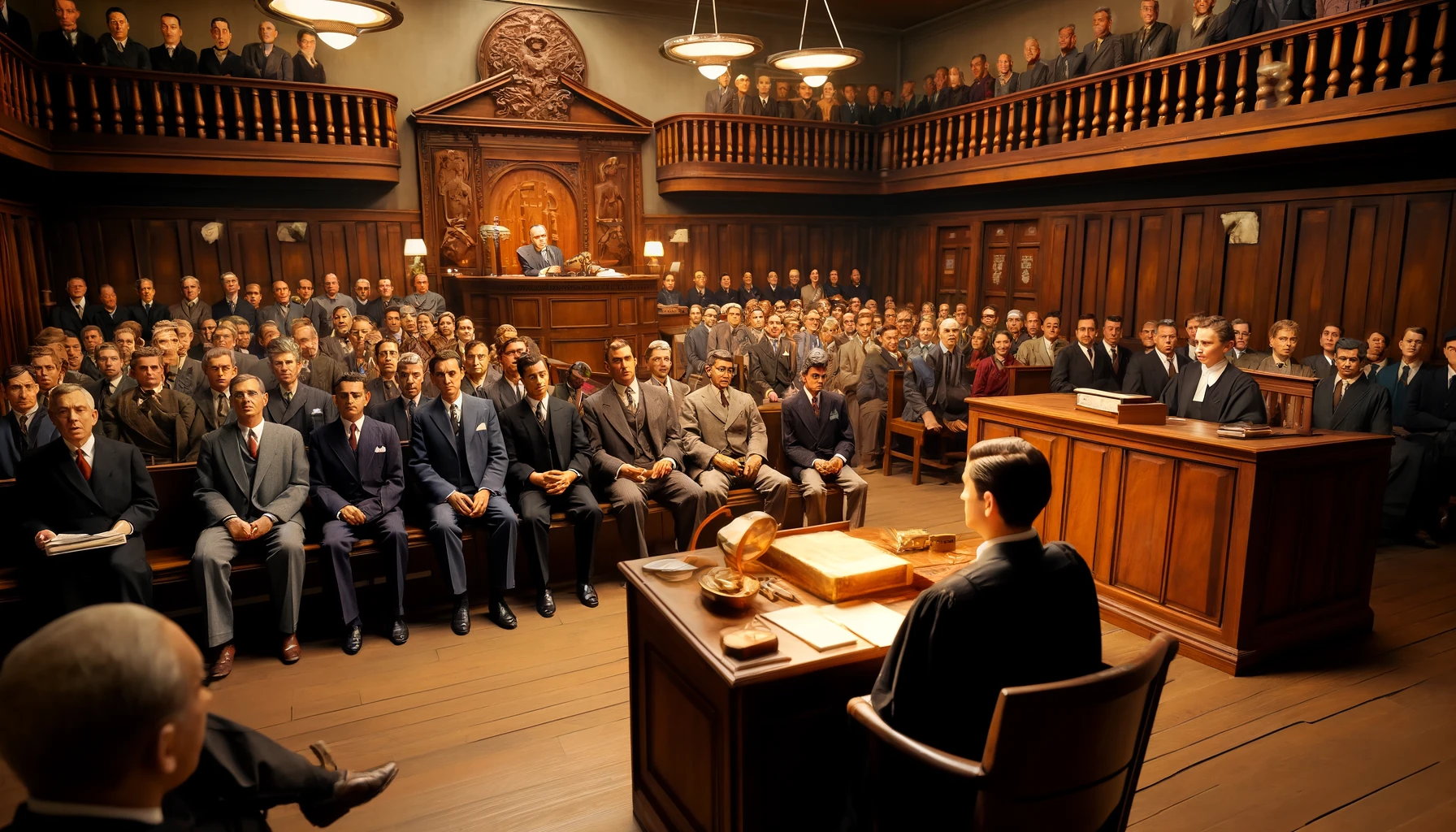
In this editorial, we explore a landmark judgment within the Indian legal system that scrutinizes the evidentiary value of handwriting analysis. The case involves the mysterious disappearance of a young boy in 1964, highlighting a complex narrative of ransom demands, anonymous letters, and the eventual recovery of the child. Central to the legal battle is the conviction of Ram Narain, based primarily on expert handwriting evidence. This discussion is aimed at simplifying intricate legal concepts for judiciary aspirants, focusing on the critical examination of handwriting expert testimony, the judicial process of evaluating such evidence, and its broader implications.
Facts
- Incident Date and Location: On 15th August 1964, a 5-year-old boy named Mannu disappeared from the house of the appellant’s relative.
- Report and Reward: The disappearance was reported the following day to Sisamau police station. A reward of Rs. 501 was announced for information leading to Mannu’s recovery.
- Ransom Demands: Two ransom demands were received by Mannu’s father through post-cards and an inland letter, dated 21st August and 21st October 1964, demanding Rs. 1,000 and Rs. 5,000 respectively.
- Recovery: Mannu was found on 11th January 1965 in the house of Ganga Bux Singh and Chandrabhushan Singh in Pandeypur, District Kanpur.
- Conviction: Ram Narain was convicted for sending the ransom letters, based on handwriting expert evidence, under Sections 384/511 of the IPC.
- Acquittal: Ganga Bux Singh and Chandrabhushan Singh were acquitted.
- High Court’s Decision: Ram Narain’s revision petition was dismissed by the Allahabad High Court.
- Supreme Court’s Observation: The Supreme Court highlighted the need for caution when relying solely on handwriting expert opinions and emphasized the importance of corroborating evidence.
- Outcome: The Supreme Court reduced Ram Narain’s sentence to time already served, alongside a fine of Rs. 700, considering the duration of legal proceedings and his bail status.
This case underlines the importance of corroborating handwriting expert testimony in convictions.
Issues Involved
The core issue revolves around whether a conviction, based solely on uncorroborated handwriting expert testimony, is legally sound. This case tests the balance between technical expertise and the judicial prudence required to ensure the evidence’s relevance and reliability, raising significant questions about the influence of expert opinions on judicial decisions.
Examination of Handwriting Expertise in the Judiciary
Handwriting experts play a critical role in the judicial system. This case involved meticulous scrutiny of the evidentiary value of handwriting analysis, illustrating the careful balance between expert insight and judicial assessment. It serves as a vital example of how the judiciary evaluates expert opinions, particularly in handwriting analysis.
Unraveling the Disappearance and Recovery of a Young Boy
The narrative of Mannu’s disappearance and eventual recovery highlights the challenges faced by the judiciary in abduction cases. It underscores the importance of community involvement, police efficiency, and the resilience of families, emphasizing the judiciary’s role in ensuring justice and restoring victims to their communities.
The Legal Quandary of Evaluating Expert Opinions
Evaluating expert opinions presents a significant legal challenge. This case demonstrates the judiciary’s careful approach to handling such evidence, showing a balance between skepticism and acceptance, which is crucial for the integrity of the legal system.
Meticulous Examination of Evidence
The judiciary’s methodical examination and consideration of evidence, as shown in this case, reinforce its commitment to justice through careful analysis. This rigorous scrutiny ensures that each piece of evidence is evaluated on its merits.
The Final Verdict: Balancing Justice with Judicial Prudence
The final verdict in this case reflects a balance between delivering justice and exercising judicial prudence. By reducing the appellant’s sentence and imposing a fine, the court acknowledged the complexities involved in the proceedings, showing a nuanced understanding of justice and mercy.
Conclusion
This case provides a crucial lesson for judiciary aspirants on the intricate balance required in interpreting expert testimony. It highlights the judiciary’s responsibility to evaluate evidence with discernment, emphasizing the importance of not only applying but also interpreting laws in the light of fairness and the unique circumstances of each case. This case serves as an inspiration for a judicious approach to law, advocating for a judicial system that is just, compassionate, and balanced.

